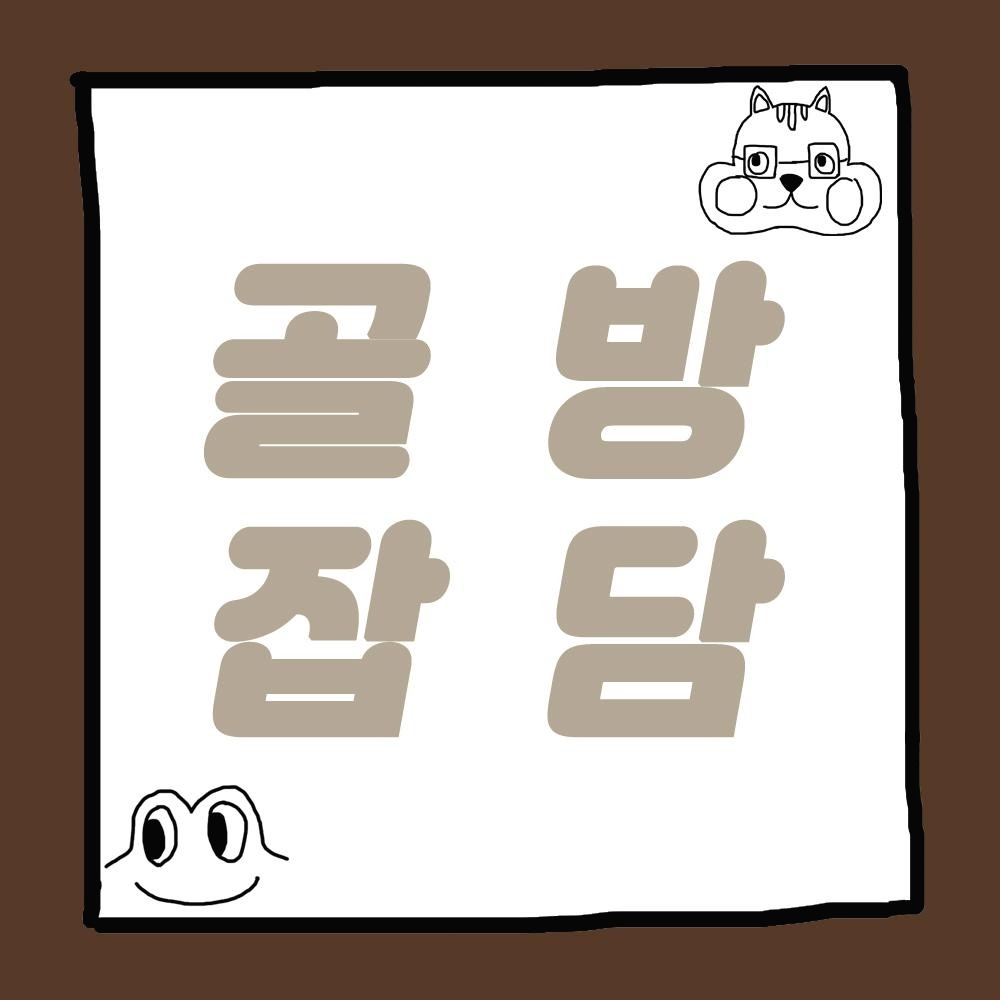골방잡담
언어 속에 담겨진 성 불평등: 스페인어, 프랑스어, 아랍어, 힌디어 본문

Languages have very different rules when it comes to gender – but does that
영어를 처음 접했을 때, 영어가 한글보다 he, she 등 성 구별이 더 구체적이라고 들었다. 나중에 프랑스어, 스페인어를 잠깐 배워보니 명사, 대명사, 형용사 등이 성 구별이 되거나 여성/남성형으로 활용을 하는 바람에 문화적인 충격을 받았던 기억이 난다. 우리 글은 편하게 사용하는데, 주위에 모든 사물을 다 성 구별을 해야 하니... 외우기 힘들어하는 학생들이 포기할까 봐 선생님이, "울고 들어가 웃고 나온다."라고 했던 것 같기도 하다.
지금 생각해 보면, 스페인어, 프랑스어권 사람들이 한글을 배운다면 성 구별이 없어 너무 이상하고, 뭔가 모호하다는 생각이 들지 않을까 하는 생각도 든다.
성 구별이 비교적 덜 한 영어에서도 성차별(sexism)의 제거라는 관점에서 성을 구분하지 않으려는 경향이 있다. 그 예로, spokesman => spokesperson, chairman => chair 또는 chairperson, anchorman 또는 anchorwoman => anchor, congressman => congressperson 또는 representative로, fireman => fire fighter, policeman => police officer, steward 또는 stewardess => flight attendant, Ladies and gentlemen => passengers 가 있다.
이 기사의 제목이 <Are some languages more sexist than others?>에서 <The subtle ways language shapes us>로 바뀐 것도 민감한 주제이기 때문이 아닐까 하는 생각도 든다. 한 민족의 문화 속에서 시대정신을 반영하는 언어가 성 불평등이란 관점에서 어떤 역할을 했는지 흥미를 끈다.

Spanish is one of the four most-spoken gendered languages – along with French, Arabic and Hindi (Credit: Javier Hirschfeld / Getty Images)

In Hindi, some wives use aap (formal) to refer to their husbands, while husbands use tum, the informal ‘you’, for their wives (Credit: Javier Hirschfeld / Getty Images)

In Arabic, the origin of all words is masculine. When referring to women, the feminine ending taa marbuta (ة), is added to words (Credit: Javier Hirschfeld/Getty Images)

In Spain, there is a grassroots movement to rewrite the constitution using gender-neutral language (Credit: Javier Hirschfeld / Getty Images)
The subtle ways language shapes us
Languages have very different rules when it comes to gender – but does that have an impact on how we see the world? Nayantara Dutta takes a look.
www.bbc.com
'뒷방에서 CNN BBC > 인권 양성평등 세태' 카테고리의 다른 글
| 일본의 현실: 여성 정치인으로 산다는 것 (0) | 2020.10.24 |
|---|---|
| 디즈니: 고전 영화에서 인종차별에 대한 경고 수위를 높이다 (0) | 2020.10.17 |
| 중국의 글로벌 영향력을 줄이기에는 너무 늦어...이미 모두의 삶에 연관되어 있다 (0) | 2020.09.29 |
| 중국, 티베트에 강제 노동 수용소 운영 의혹 (0) | 2020.09.25 |
| RGB 그녀는 누구인가: 긴스버그, 죽은 후에도 정의의 수호자 되다 (0) | 2020.09.25 |





